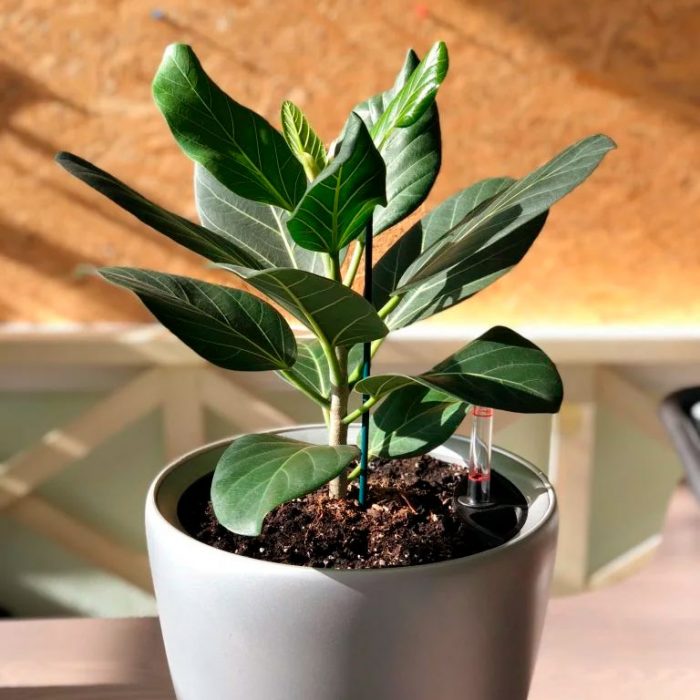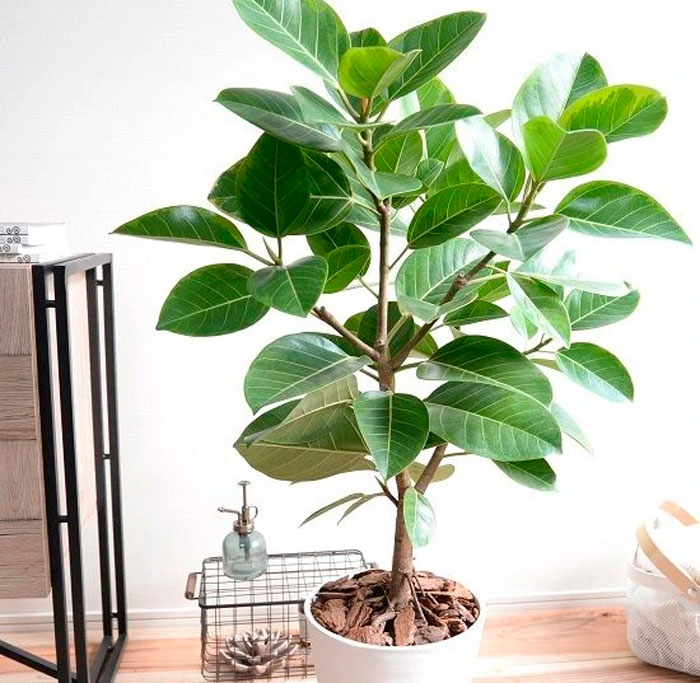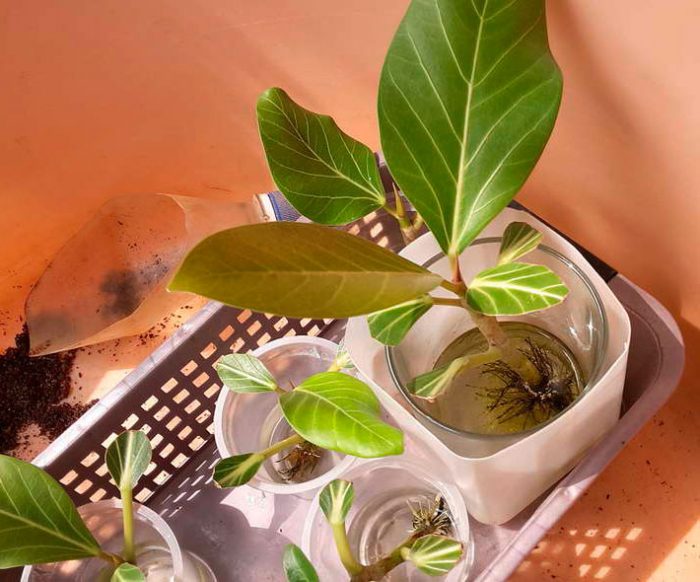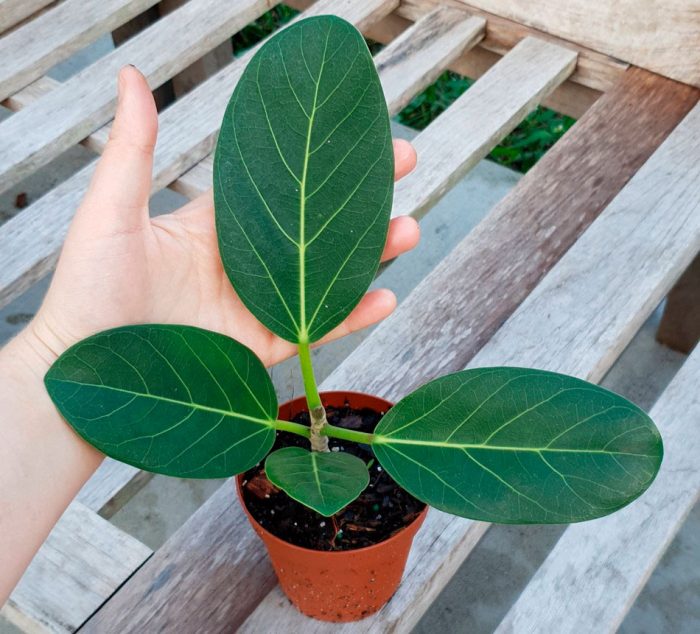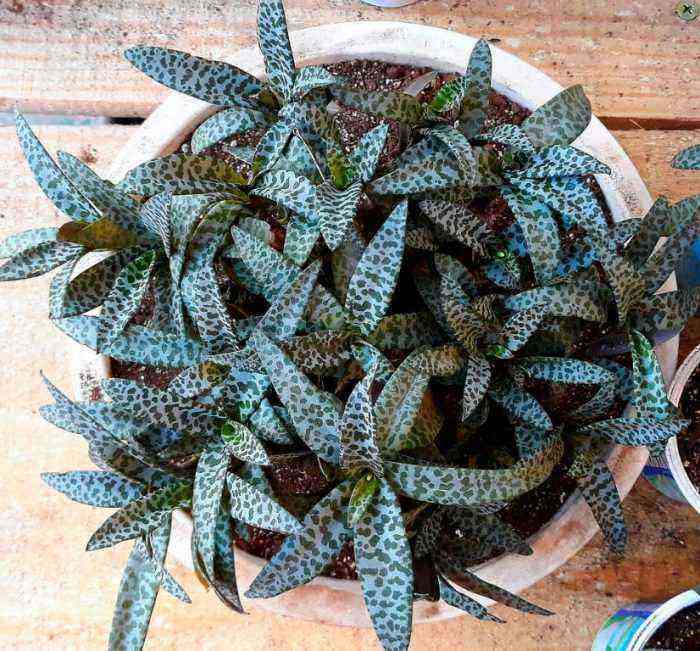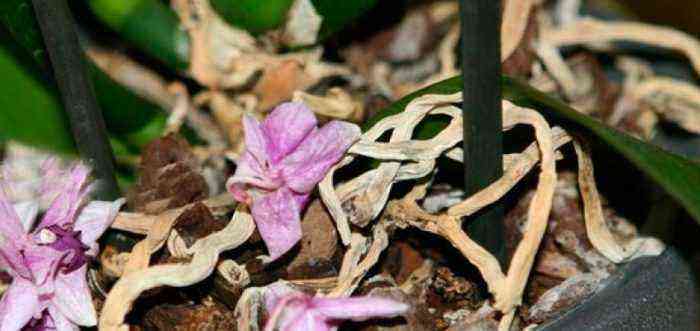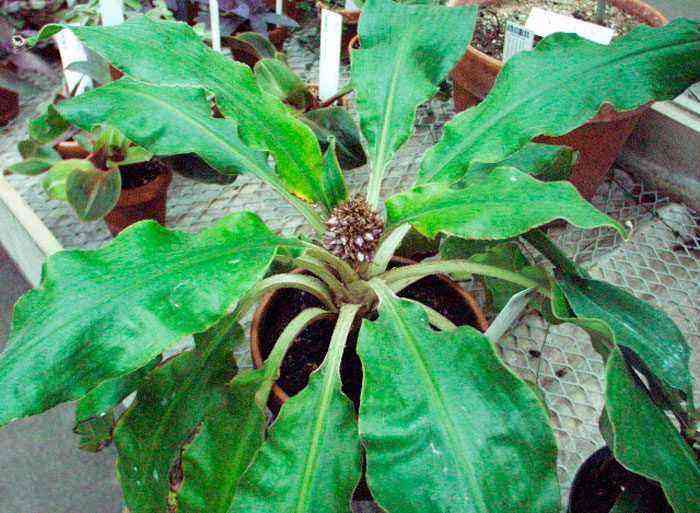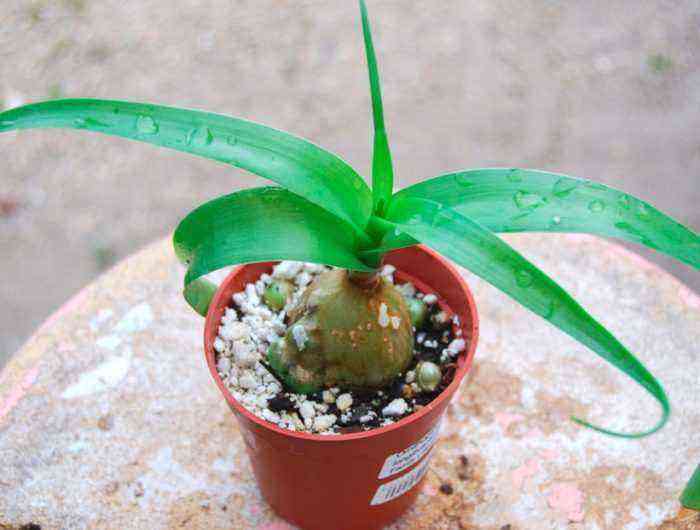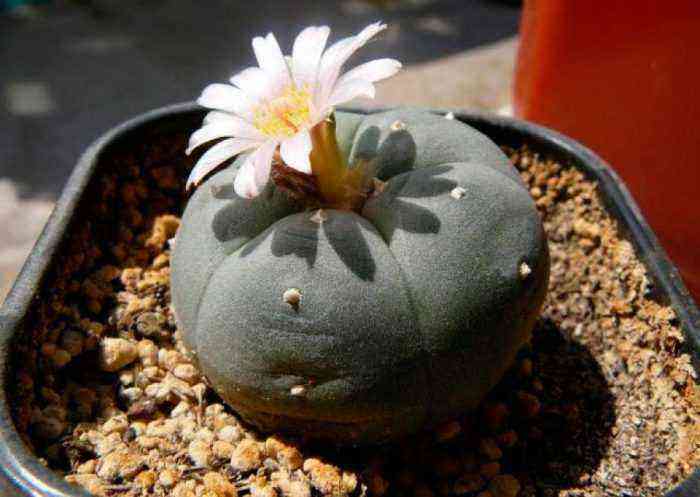The evergreen tree Ficus benghalensis belongs to the Mulberry family. The length of dense sheet plates is about 20 centimeters, and the width is up to 6 centimeters. There is pubescence on their surface. Such a plant comes from India, or rather, from Bangladesh and Sri Lanka. Under natural conditions, this tree can become truly gigantic. It has aerial roots that reach the surface of the soil. When in contact with the soil, roots take root, after which they contribute to the formation of young full-fledged trunks.
Thanks to this feature, such a tree is also called the ficus banyan tree. The largest Bengal ficus grows in the Indian Botanical Garden, it covers an area of approximately 1,5 hectares. When grown at home, the height of the bush is no more than 150-300 centimeters. This perennial plant is characterized by rapid growth, so its annual growth is approximately 0,6–1 m. In indoor conditions, flowers are not formed on it.
Useful Properties
Bengal ficus has a decorative appearance. In addition, such a culture effectively cleans the air from harmful substances, for example, from ammonia, formaldehyde, benzene and phenol.
And this tree also releases active substances into the air that help to improve the well-being of people. In addition, ficus has healing properties, so it is often used for the manufacture of medicines in the form of tinctures and ointments that help with various diseases. Also, this plant is used in the cosmetic industry.
Brief description of cultivation
- Temperature… During the spring-summer period, the room should be warmer than 18 degrees. During the winter months, make sure that the temperature does not drop below 17 degrees.
- Air humidity… It should be average – about 50-60 percent.
- Illumination… Needs lots of bright sunlight. A window facing southeast or south is suitable.
- Watering… The soil mixture is moistened systematically and moderately, preventing the water from stagnating in the roots.
- Substrate… It should be fertile and slightly acidic or neutral.
- Fertilizer… The bush is alternately fed with organic matter and complex mineral fertilizers.
- Transfer… It is held in the last winter weeks once every 1 or 2 years.
- Reproduction… Apical cuttings and layering.
- Trimming… Formative pruning should be done every year.
- Features of care… Reacts negatively to draft. For uniform development of the crown, the bush needs to be systematically rotated slightly around its axis. The plant contains milky juice, which is dangerous for a person suffering from bronchial asthma. When working with wood, it is recommended to protect your hands with gloves.
Caring for Bengal ficus at home
Temperature conditions
Throughout the year, such a tree feels best at temperatures from 18 to 22 degrees. Since ficus is found in nature in the tropics, it can calmly withstand an increase in air temperature, but it should be small, and in this case, special attention should be paid to the level of humidity.
Air humidity
In order for a plant to develop and grow within normal limits, it is imperative to provide it with optimal air humidity, which can vary from 50 to 60 percent. You can increase the air humidity to the desired value:
- moistening the foliage from a spray bottle once every 1 days, especially if the bush is near a working heating device in winter, and even on hot summer days;
- systematically wiping the leaf plates from dust with a soft damp sponge, and the plant can also be given a warm shower;
- placing a pot of wood on a deep tray filled with wet expanded clay.
For spraying the bush, it is recommended to use soft water, the temperature of which should be slightly higher than room temperature.
Illumination
A place with a lot of bright sunlight is best suited for such a ficus. However, he feels fine in diffused light. If the bush is in a little shade, then the crown may begin to develop unevenly. To avoid this, it is recommended to systematically rotate the bush slightly around its axis.
In winter, the tree may not have enough light. In this case, supplementary lighting with artificial light sources will come to your aid.
Watering
The substrate in the pot is moistened no more than 2-3 times in seven days. This is done immediately after the top layer of the substrate has dried to a depth of 20 mm. Water should not be allowed to stagnate in the substrate. In this regard, some time after watering, be sure to pour out the water accumulated in the pan. In the winter months, watering should be more rare, namely, once every 1–1 weeks.
Pot selection
As for the choice of a pot for Bengal ficus, there are no special requirements. The proportions of the capacity should be normal, and the value should correspond to the size of both the plant and its root system. If the pot is very large, it can cause stagnation of liquid in the soil mixture, which can lead to rotting of the root system.
Substrate
For indoor ficus, an earth mixture is used, consisting of leafy earth, sand and turf (2: 1: 2). It can also be grown in a slightly acidic universal soil mixture.
Fertilizer
Top dressing is carried out throughout the year except for the winter months. The frequency of fertilization is once every 1 months. In winter, only those specimens that grow in an inert substrate are fed.
Bengal ficus transplant
Such a plant is transplanted only as needed, when the root system becomes cramped in the container, while the roots begin to look out of the drainage holes. Adult specimens are transplanted on average once every 1–2 years.
Remove the ficus from the old pot and shake off the soil mixture a little from its root system. Next, the bush is planted in a larger pot, and all the voids are filled with a new substrate. The root collar must not be buried! It takes about 30 days for the plant to recover and adapt. After that, it begins to grow again.
Trimming
To limit the growth of the trunk or the main branch in height, pruning is carried out. A distinctive feature of such a plant is the ability to quickly stretch upward, while not forming side branches. Formative pruning is carried out in the spring or the first weeks of the summer.
After you notice that the bush has started to grow after wintering, you can start pruning. To do this, use a pruning shear to cut the branch at the required height. The protruding milky juice must be carefully washed off, and then the cut site is treated with coal powder. As a result of such pruning, dormant buds begin to awaken and after a while the tree becomes more branched.
The rest period
Such a plant does not show a pronounced dormant period. However, there are certain varieties of Bengal ficus that need a dormant period due to lower air temperatures and shorter daylight hours.
Flowering
If you grow Bengal ficus at home, then it will not bloom. However, in some specimens growing in a greenhouse, the formation of syconia is observed, which are pale orange seed fruits of a round shape. They have no decorative value.
Methods of reproduction
Reproduction by layers
Only large-sized tree-like Bengal ficus can be propagated by layering. To begin with, a section is selected on the trunk from which all leaf plates and branches are cut off. In the middle of the selected area, you need to make a cut of the bark of an annular shape with a width of 15 mm. To do this, for a start, 2 transverse incisions are made, and then 1 longitudinal, which should be between them.
Treat the cut with a root stimulant. Next, wrap the area with moist sphagnum moss with a 20 mm margin on each side of the cut. Secure the moss with plastic wrap. Do not forget to moisturize the moss in a timely manner. The first layers should appear only after a few months. They are carefully trimmed and planted in an individual pot.
Cutting
Only apical cuttings are suitable for reproduction, the length of which can vary from 15 to 20 centimeters. They are trimmed at an angle using a sharp knife. All lower leaf plates must be completely cut off. The large leaves remaining in the upper part must be rolled into a tube, this prevents excessively rapid evaporation of moisture.
Milky sap must be removed from the cut sites with cold water. After that, it will take time to dry them in the open air. There are 2 ways to root such cuttings:
- In water… Mix the water in the container with a little charcoal. This will help prevent rot formation. The cuttings are transferred to a lighted and warm place. If desired, they can be provided with “greenhouse conditions”. The first roots should appear after 15–20 days.
- In the substrate… The lower parts of the cuttings are treated with a preparation that stimulates root growth. Then they are buried into the substrate by only 10–20 mm. Cover the sections with a transparent bag on top. It is recommended to provide the substrate with bottom heating. To do this, a container with cuttings can be put on a battery, providing them with increased air humidity. If a plant with large leaf plates reproduces, then for this it is recommended to take the middle part of the cutting, on which several internodes are located.
Possible problems
Most often, when growing Bengal ficus, growers are faced with such problems as:
- Flying around foliage… This is due to the regular stagnation of liquid in the substrate.
- At the old bush, the lower leaf plates fly around… This is a completely natural process, as the plant changes foliage.
- Withering foliage… The plant feels an acute lack of moisture.
- Brown spots appeared on the foliage… This is due to the fact that the substrate contains too many nutrients, the room is very cold, or the air humidity is very low.
- Leaf plates lose their turgor and fade… The tree grows in an excessively voluminous container or there is stagnation of fluid in the root system.
- Faded foliage… Excessively poor lighting.
- Very slow growth… The plant is fed out of time, it feels a lack of nutrients.
- Shrinking of new sheet plates is observed… The bush is in shade all the time.
- Pulling shoots… Ficus lacks light.
- vermin… If the plant is in a room with low air humidity for a long time, this can lead to the fact that mealybugs, spider mites, thrips or scale insects settle on it.



